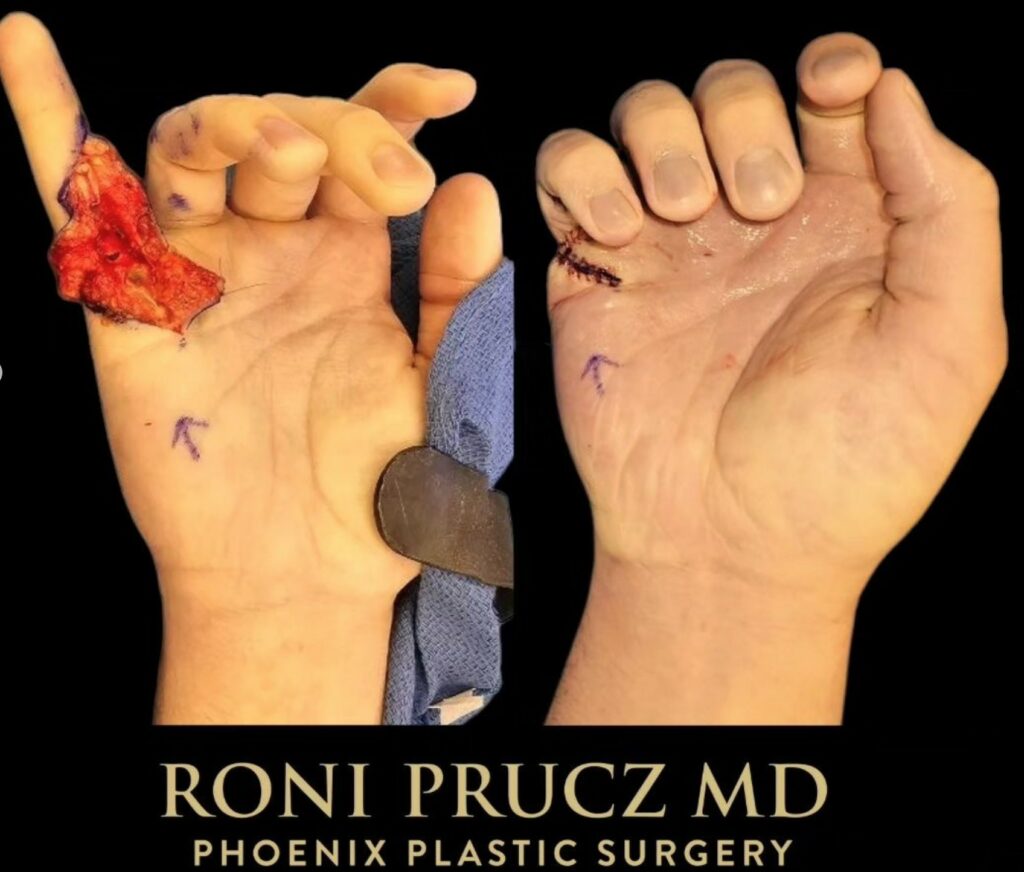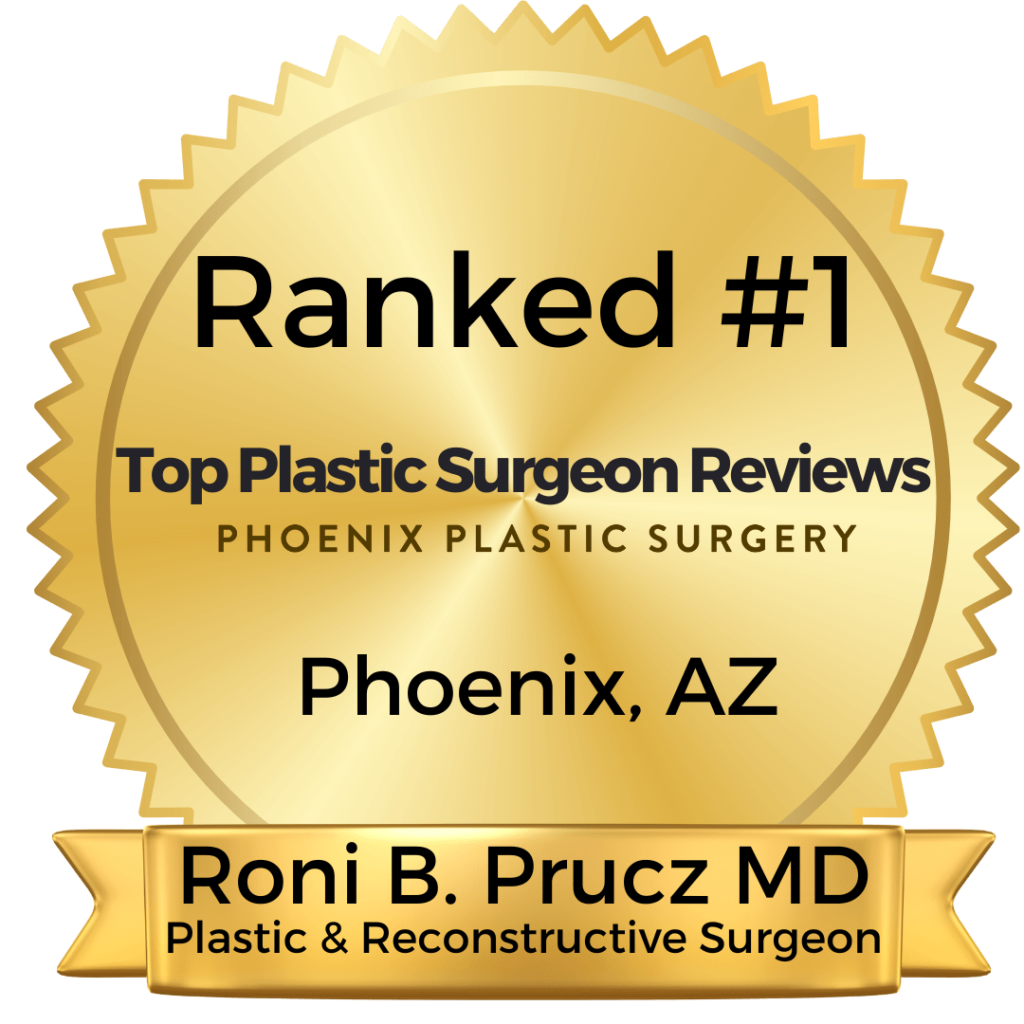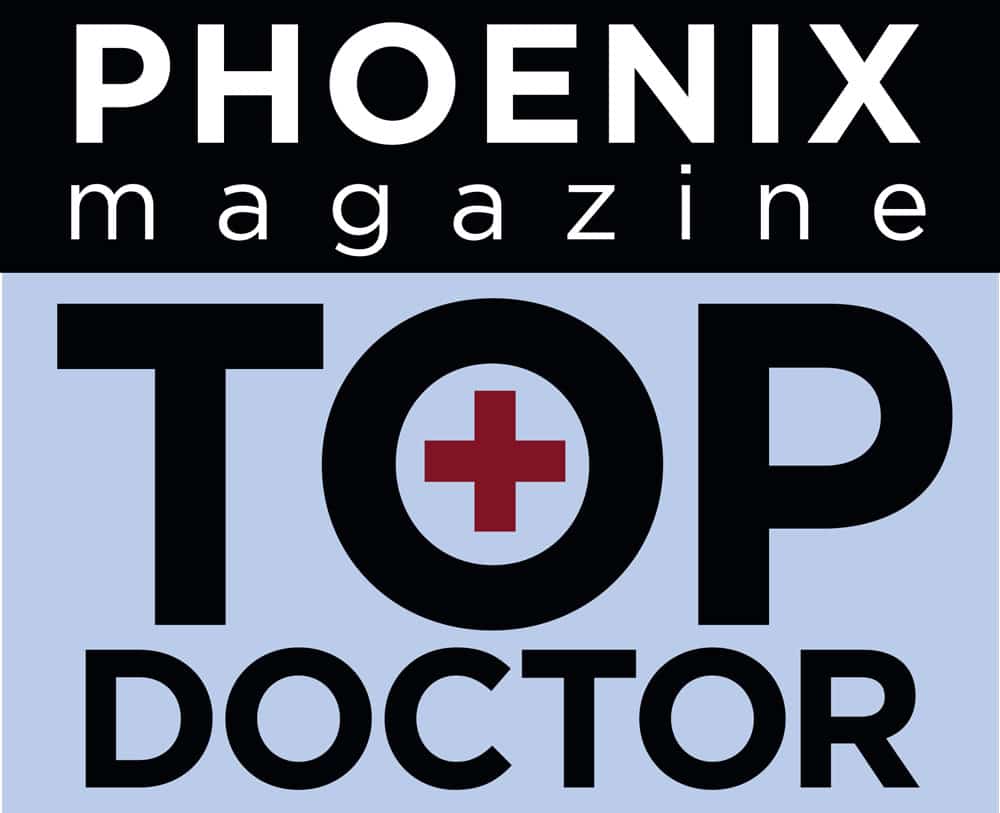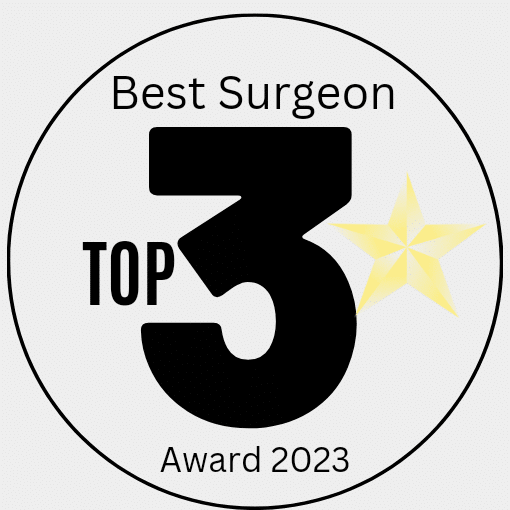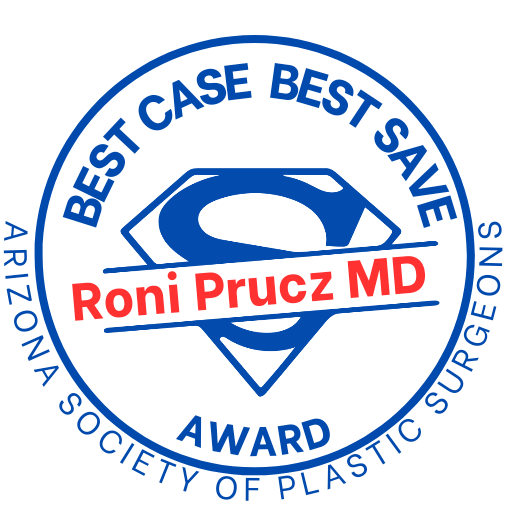The Reconstruction Process: Precision and Expertise
Fixing finger tendon injuries require a meticulous approach to restore function effectively. The process typically involves the following steps:
- Diagnosis: Accurate diagnosis is essential to determine the extent and location of the tendon injury. Diagnostic imaging and physical examination help guide the treatment.
- Surgical Repair: Depending on the severity of the injury surgical repair may be necessary. Dr. Prucz carefully reattaches or sutures the torn tendon to restore continuity.
- Tendon Grafts: In some cases, the damaged tendon may require a graft from another part of the body, such as the forearm or foot, to replace missing or severely damaged tendon tissue.
- Postoperative Care: Following surgery, rehabilitation and physical therapy are essential to regain finger strength, flexibility, and function.
Therapy: Nurturing Recovery and Regaining Function
Rehabilitation and therapy are crucial aspects of recovering from finger tendon injuries. Hand therapy is crucial after tendon repair as it helps to minimize swelling, stiffness, and scarring while aiding the recovery process. Our team understands the importance of post-operative care and will provide adequate guidance and support to ensure a smooth recovery.
A structured therapy program aims to:
- Strengthen Muscles: Targeted exercises help strengthen the muscles that control finger movement.
- Improve Range of Motion: Therapy focuses on improving finger joint flexibility and restoring the ability to bend and straighten the affected finger(s).
- Functional Training: Patients are guided through functional tasks and activities to regain the ability to perform everyday tasks.
- Pain Management: Therapy also addresses pain management strategies to alleviate discomfort during the recovery process.
The Role of Tendon Grafts: Bridging the Gap
Tendon grafts are utilized when the original tendon is severely damaged or insufficient to achieve effective reconstruction. A graft, often harvested from another part of the body, serves as a bridge to replace the missing or damaged tendon tissue. This technique is especially valuable when restoring the function of tendons that control fine finger movements.
Choose Precision and Recovery: Phoenix Plastic Surgery
When finger tendon injuries threaten your hand’s function and precision, trust the hands of an experienced expert. Our expert team led by Dr. Roni Prucz, a board-certified plastic and reconstructive surgeon, provides you with personalized care and exceptional results. Dr. Prucz is regarded as one of the best plastic and cosmetic surgeons in Phoenix, Scottsdale, and Paradise Valley, with thousands of five-star reviews from satisfied patients. Click here to schedule your consultation now.


